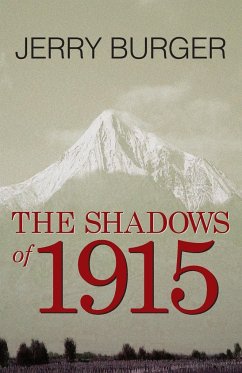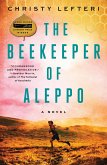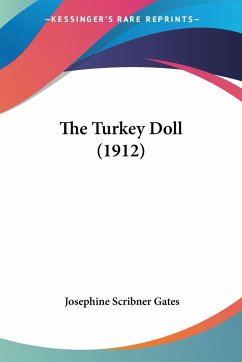How long is the shadow of genocide? How does it affect the offspring of the survivors? And how do survivors and their families retain a belief in justice when atrocities go unpunished? These questions are addressed in Jerry M. Burger's novel, The Shadows of 1915. The story takes place in Central California in 1953, where Armenian immigrants and their families live one generation removed from the 1915 murder of more than a million Armenians at the hands of the Turkish government. An encounter between the sons of a genocide survivor and some Turkish college students forces each of the main characters to make difficult decisions that pit loyalty to family and community against personal and legal standards of right and wrong. It is a story about a displaced group of people and the consequences of real historic events that have rarely been examined in fiction. It is also a story about culture, family, recovery from tragedy, and the nature of justice.








